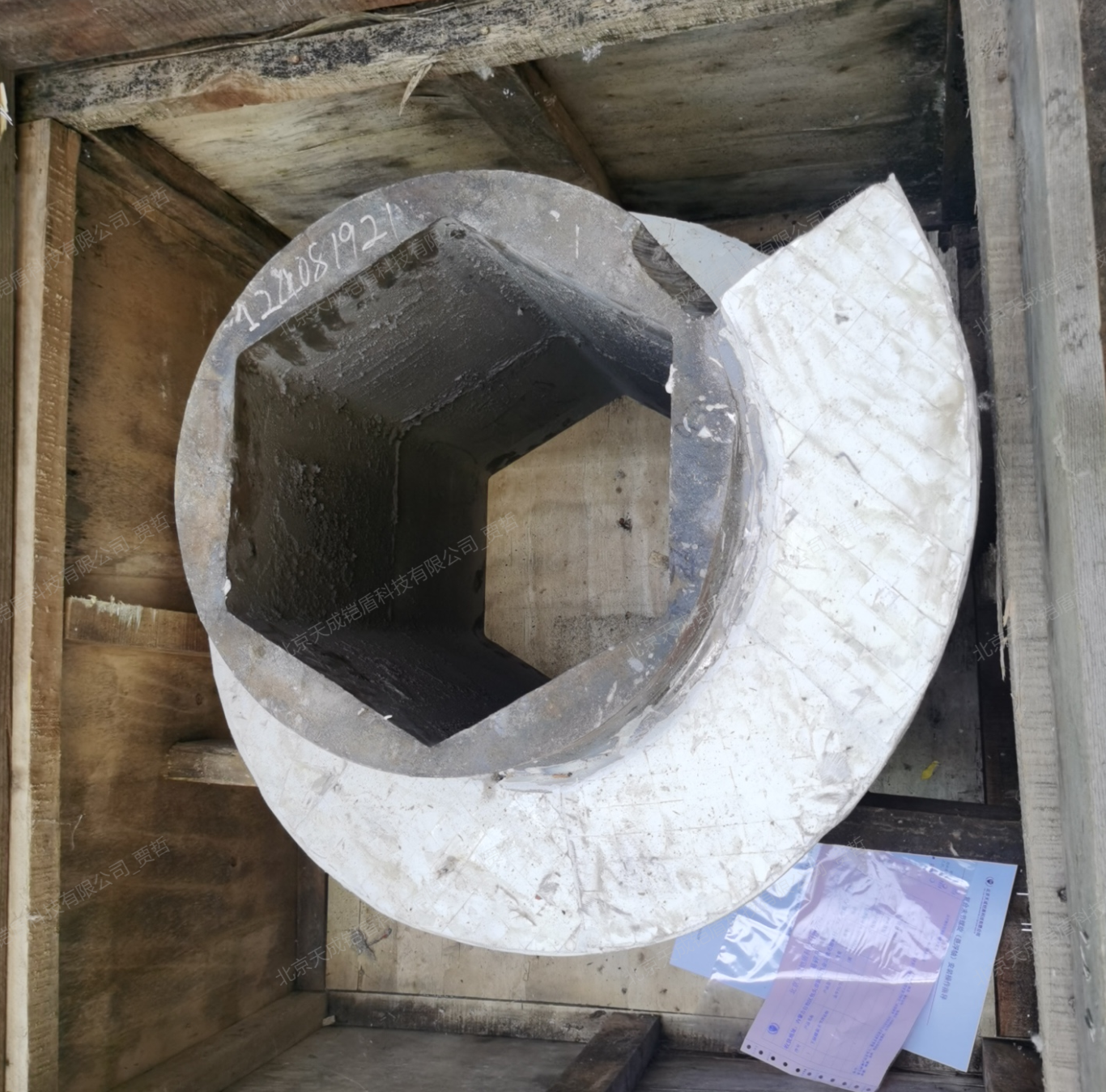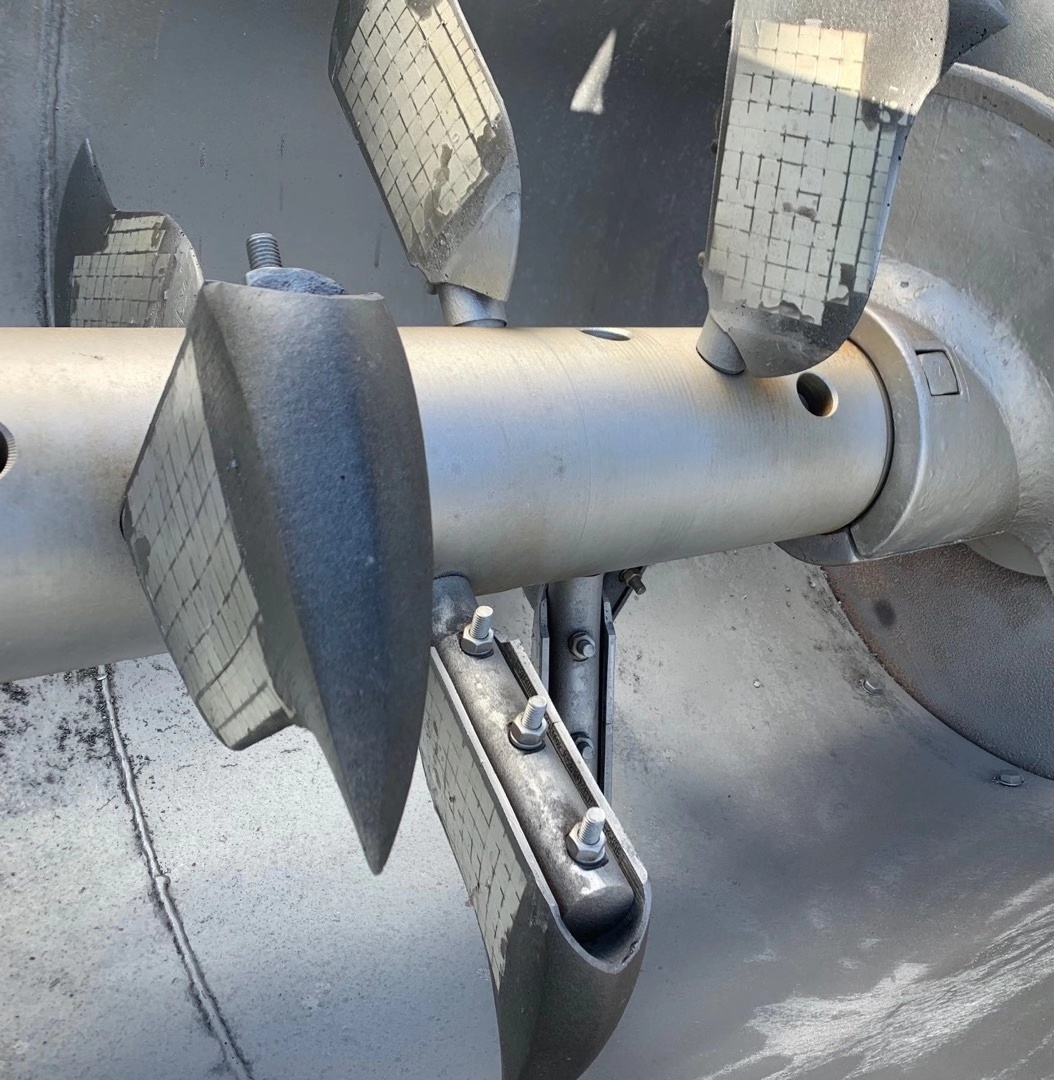Share to
Composite Wear-resistant Die Base
WhatsApp:
Still deciding? Get samples first, Contact US !
View similar products
Tag list
- Product description
-
The following is the version of RMB converted into US dollars (assuming the exchange rate is 1 US dollar = 7.0 RMB, the actual exchange rate may need to be adjusted according to real-time data):
The following introduction is based on the situation in China, for reference only.
Ceramic Composite Wear-Resistant Die Base
I. Performance Advantages
- Efficient Connection & Energy Saving: Seamless integration with the die, smooth inner surface, reducing operating current by approximately 20A.
- Extended Lifespan: Ultra-high wear resistance, enabling continuous use for three years without replacement.
- Quality Enhancement: Significantly improves the quality of finished brick blanks
II. Economic Benefit Analysis
(Based on a 280kW extruder, 10 hours of daily operation, and 300 production days per year)1. Electricity Cost Savings
- Annual Savings: 20A × 0.6 (power factor) × $0.10/kWh* × 10h/day × 300 days = $3,600
- Three-Year Total Savings: $3,600 × 3 = $10,800
2. Equipment Cost Savings
- Die Base Cost:
$428.57/unit × 2 units/year × 3 years + $128.57/overlay welding × 18 times = $7,200 - TCKD Ceramic Composite Wear-Resistant Die Base Cost:
$928.57 × 3 years = $2,785.71 - Savings: $7,200 - $2,785.71 = $4,414.29
3. Labor Cost Savings
- Maintenance Labor for Normal Die Base:
2 workers × 6 hours × $7.14/hour × 18 instances = $1,542.86
III. Total Comprehensive Savings
By adopting the TCKD modified head, total savings over three years:
$10,800 (electricity) + $4,414.29 (equipment) + $1,542.86 (labor) = $16,757.15
Composite Wear-resistant Die Base
Still deciding? Get samples first, Contact US !
Products Category
Tag list
Inquire Now
Note: Please leave your email address, our professionals will contact you as soon as possible!









